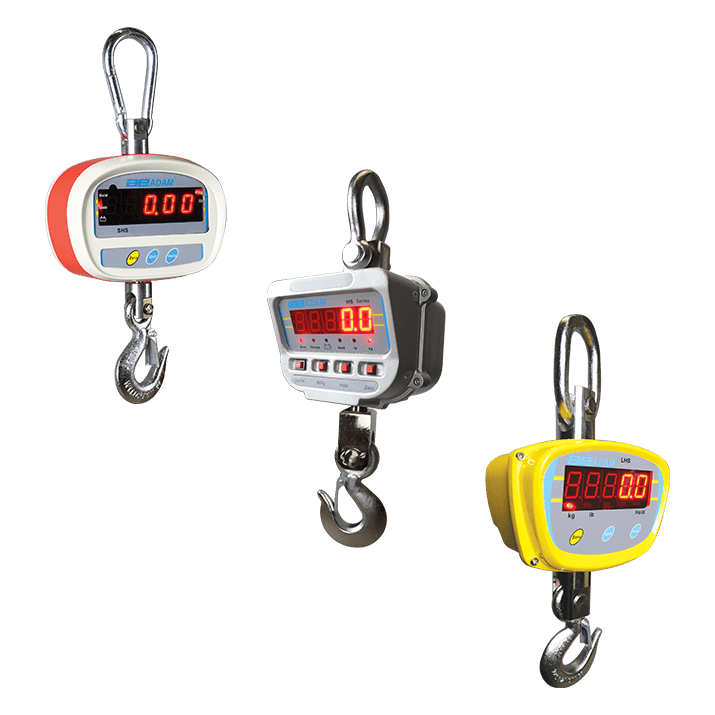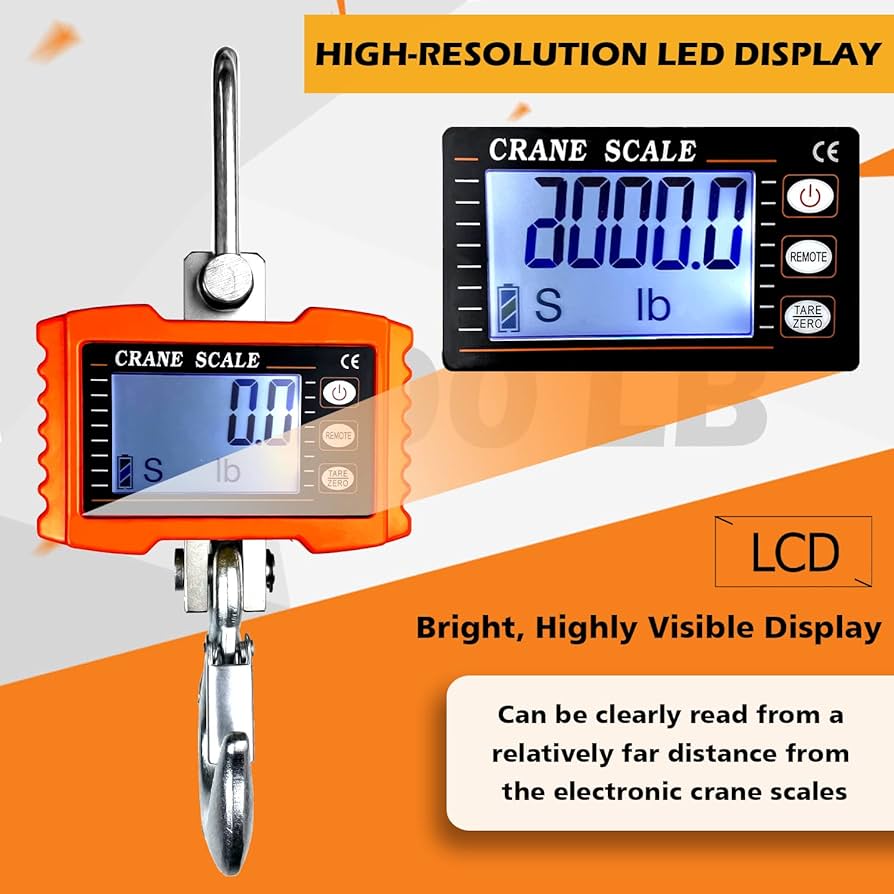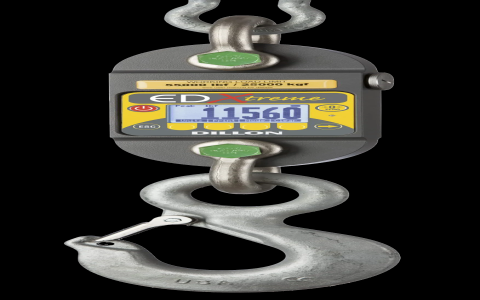Alright folks, let me tell you about this little project I tackled recently – building my own electronic crane scale. Sounds kinda fancy, right? But trust me, it’s more about the journey than the destination (though, the destination is pretty cool too).
So, where did I even start? Well, first off, I had this crazy idea. I wanted to accurately weigh stuff I was lifting with my small crane – mostly for DIY projects in the garage. I figured, why not build my own scale? I mean, how hard could it be?

Famous last words, I know.
My initial thought was to grab an Arduino, a load cell (that’s the thing that measures weight), and an LCD screen to display the weight. Sounded simple enough in my head. I ordered the parts online – a cheap load cell from some website (probably should have spent a bit more there, in retrospect), an Arduino Uno ’cause that’s what everyone uses, and a basic LCD.
Once everything arrived, the fun began – and by fun, I mean staring at wires and wondering where I went wrong. I found a few tutorials online about connecting load cells to Arduinos, but man, those things are never as straightforward as they seem. The load cell had like, four wires, and each tutorial seemed to connect them differently. After a whole afternoon of fiddling around and nearly setting my breadboard on fire (okay, maybe not that dramatic), I finally got a reading on the LCD.
But here’s the thing: the reading was all over the place. Like, it would jump from 0 to 100 grams even when there was nothing on the load cell. I figured it was either a grounding issue or my cheap load cell was just junk. So I spent another day or two playing around with different resistors, trying to filter out the noise. It helped a little, but it was still pretty unstable.
Then I remembered something I’d read somewhere about amplifiers. Load cells output a really tiny voltage, so you often need an amplifier to boost the signal and make it easier for the Arduino to read. I dug around in my electronics box (yeah, I have one of those) and found an old instrumentation amplifier chip. I wired that up according to the datasheet (which, by the way, is like reading ancient hieroglyphics) and BOOM! Suddenly, the reading was much more stable.
Okay, stable-ish. It still drifted a little bit, but it was way better than before. Now came the calibration part. I grabbed a few known weights – some dumbbells I had lying around – and used them to calibrate the scale. This involved writing some code to map the raw sensor values to actual weights in grams or kilograms. Lots of trial and error there, adjusting the calibration factors until the scale was reasonably accurate.
After that, it was time to think about how to actually hang the thing from my crane. I decided to build a simple frame out of some scrap metal I had in the garage. Welded it together, drilled a few holes, and mounted the load cell in the middle. Added a hook on the bottom to hang whatever I needed to weigh.

The final step was to clean up the wiring, put everything in a little enclosure (an old plastic box I found), and add a power supply. I even wrote a little bit of code to average the readings over time, to smooth out any remaining noise.
The Result?
It’s not perfect, by any means. It’s probably only accurate to within 50-100 grams, but for my purposes, that’s good enough. I can now accurately weigh stuff I’m lifting with my crane, which is a huge help for planning my projects.
Lessons Learned:
- Don’t cheap out on the load cell. A better quality sensor would probably have made the whole process easier.
- Instrumentation amplifiers are your friend when working with load cells.
- Calibration is key. Take the time to do it properly.
- Software filtering can help reduce noise.
- And most importantly, don’t be afraid to experiment! Even if you don’t know exactly what you’re doing, you can learn a lot by just trying things out.
Would I do it again? Probably not exactly the same way. But I definitely learned a lot about electronics, sensors, and Arduino programming in the process. And now I have a custom-built crane scale that I can proudly say I made myself!













